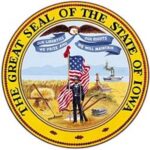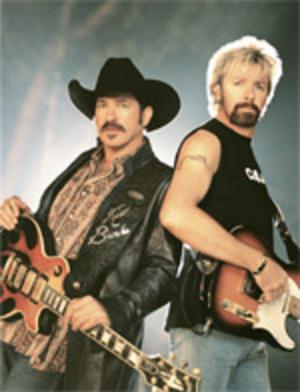As you start gathering momentum in your real estate career, you will begin to notice a steady pattern of cash going in and out of your pocket. This is considered cash flow in the most simplest form. Cash flow analysis can be as simple or advanced as your needs determine. The investor who has dozens of property will likely have a much more advanced and complicated cash flow analysis than the investor who has their first piece of property.
What this means for you, is there is no reason to start doing advanced and complicated analysis. This gives you the ability to start small and simple and work your way slowly towards the more advanced details that become required later on. This will help make sure you make good decisions because you are able to learn slowly and steadily what parts of the cash flow to focus on to maximize profits.
Your cash flow analysis should at the very least tell you how much profit you can make as well as how much it will cost for you to make that profit. The cash flow will analyze all money that is spent on each property, as well as all sources of income that the property presents to show hopefully if you selected a good piece of property a positive cash flow. A cash flow analysis has four basic areas to it to determine profit.
The first area is gross income, followed by expenses, with debt service and cash flow following behind. The first section is gross income; it is within that section that you will figure out your effective gross income. First, to begin you need to determine the Estimated Annual Gross Income for the property. For example if you are planning to rent the property, then the Estimated Annual Gross Income would be the monthly rent multiplied by 12, the reason for 12 is because you are trying to determine based upon a yearly basis.
Once you have determined the value of the Estimated Annual Gross Income you can move along to Other Income. What this refers to is for example in multi-family units you will often find coin operated laundry services, drink machines, and pay phone, are an example of other sources of income. You want to add together Estimated Annual Gross Income as well as Other Income this will give you the figure for Total Gross Income.
We are not done with the cash flow analysis. You now need to figure a Vacancy Allowance; this is the average amount of time in which you expect the property to be empty over the course of a year. While you can hope to have the property always rented and occupied by paying tenants, there will be a time at some point where the property will either be vacant, or you will not be receiving the rent as agreed. For a single-family unit the approximate Vacancy Allowance should be between 4%-6%, for a multi-family property the Vacancy Allowance should be approximately 6%-8% because of the added units that must be rented. Once you have this number for the Vacancy Allowance, you want to subtract this from the Total Gross Income that we previously arrived at; congratulations, you have now found the properties Effective Gross Income.
Now that we have found our EGI, we are closer to being complete with the Cash Flow Analysis, however we are not done. For the next section of the Analysis, we must look at the expenses of the property. This includes taxes, advertising, maintenance, and miscellaneous expenses. These expenses must be taken into account carefully, for a good set of prediction numbers the average single-family house needs to have between $50-$60 a month, while a multi-family unit will only require $40-$55 per month. Your advertising expenses will be the expenses of advertising your property for rent when you experience a vacancy.
Now that you have arrived at each of the individual numbers for taxes, advertising, maintenance and miscellaneous we need to add those all up together. This number is our Total Expenses. We now need to subtract the number we arrived at for Total Expenses from the number we arrived at for Effective Gross Income. We now have the Net Operating Income. This is typically the amount of money you can afford to spend based off the income of the property on mortgage payments. The ideal situation is to not exceed the Net Operating Income amount when working out mortgage details, this way the property can pay for itself. If you are fortunate enough to own the property without a mortgage attached, then your Net Operating Income is the amount of spendable cash you will see from the property.
The last section to determine whether the property will be profitable after all the expenses are paid is the Debt Service. This is determined by doing an estimate of the mortgage payment, or if taking over an assumable loan, take the actual mortgage payment each month and multiply it by 12, remember this is for a yearly basis you want to know the total mortgage payments each year. Now you take this number and subtract it from the Net Operating Income. Assuming you have found a great piece of property with much potential you should still have money left over after paying the mortgage and other expenses this will create a positive cash flow. If however your Net Operating Income is not enough to cover the mortgage payment then you have a negative cash flow. If you have just enough to cover the mortgage payments then precede with caution, if you have made a mathematical error the property could easily end up costing you money out of your pocket, make sure you can afford to handle this if the situation comes up.
In the next installment, we are going to cover many of the ways in which you can obtain the funds to purchase property without always paying out of your own pocket. Make sure you are still scanning newspaper ads and calling about properties you are interested in. Remembering to keep the notes of all properties you call about, even the rejects for future reference.



